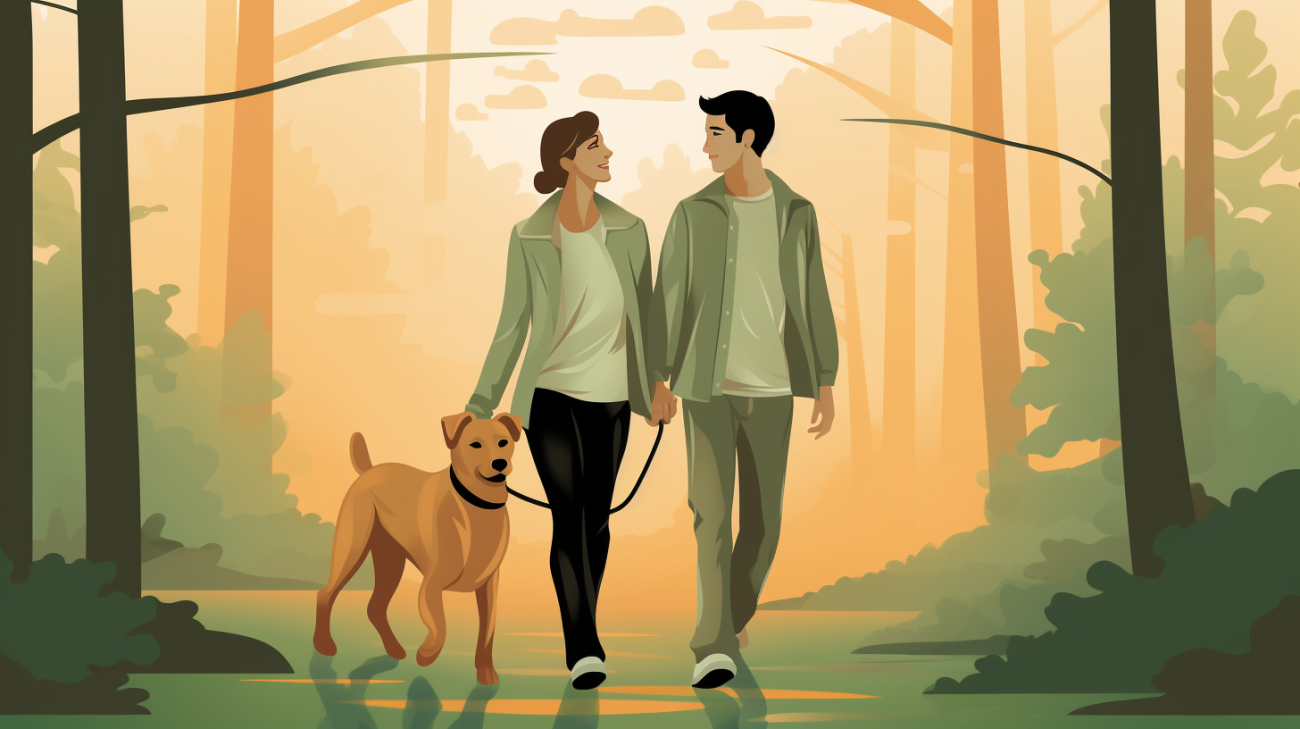Key takeaways
Unfortunately, woods are very common areas for dogs to go missing. Because of the endless nooks and crannies for hiding and the many different trails, when a dog runs away, they can get lost easily.
We break down 3 simple steps to find your lost dog. These include retracing your steps, leaving items along the trail, and spreading the message.
We'll also look at the do's and don'ts of finding a lost dog in the woods to make sure your search is as effective as possible.
Quick Navigation
3 Steps for finding lost dogs in the woods
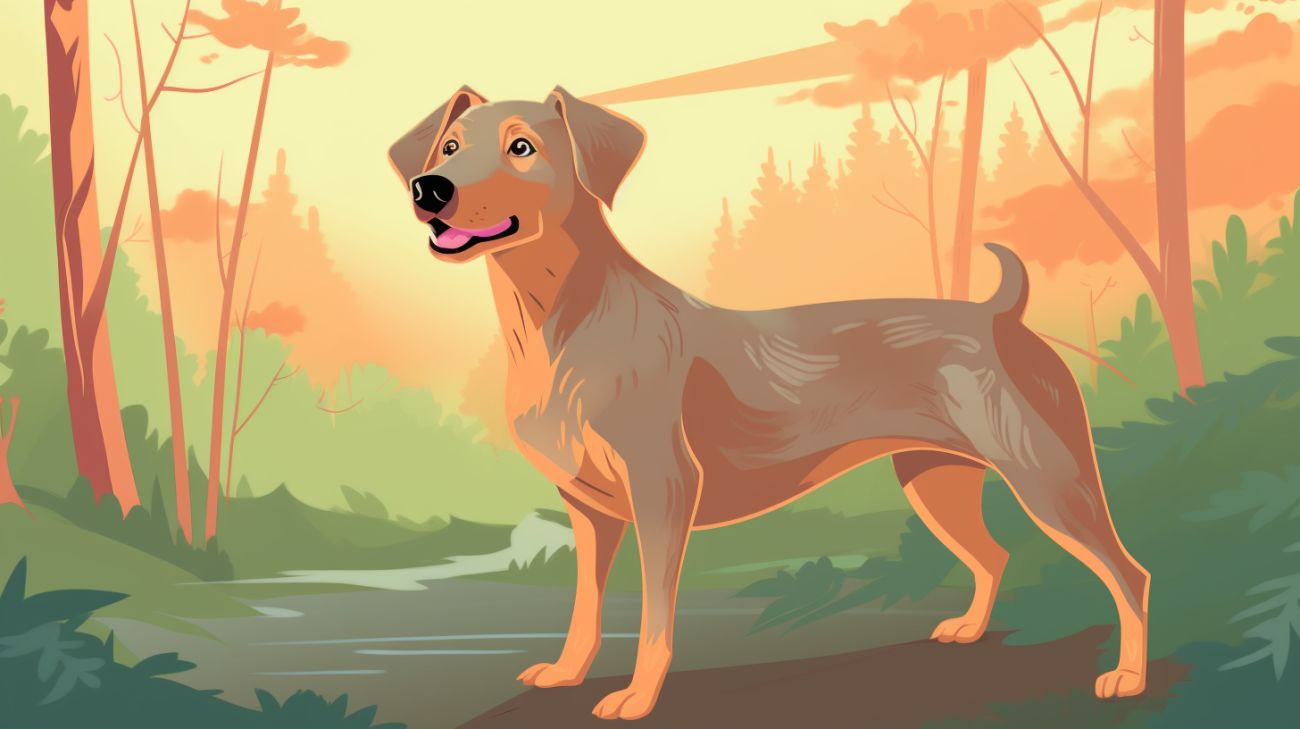
1. Retrace your steps

2. Leave items as you go

3. Spread the message
Instantly notify you when any sightings are reported
Create a personal dashboard for you to monitor and manage your search
Provide a missing dog poster designed by experts (with a QR code instead of a cell phone number to keep your contact details private)
Offer personal support and guidance throughout the whole process
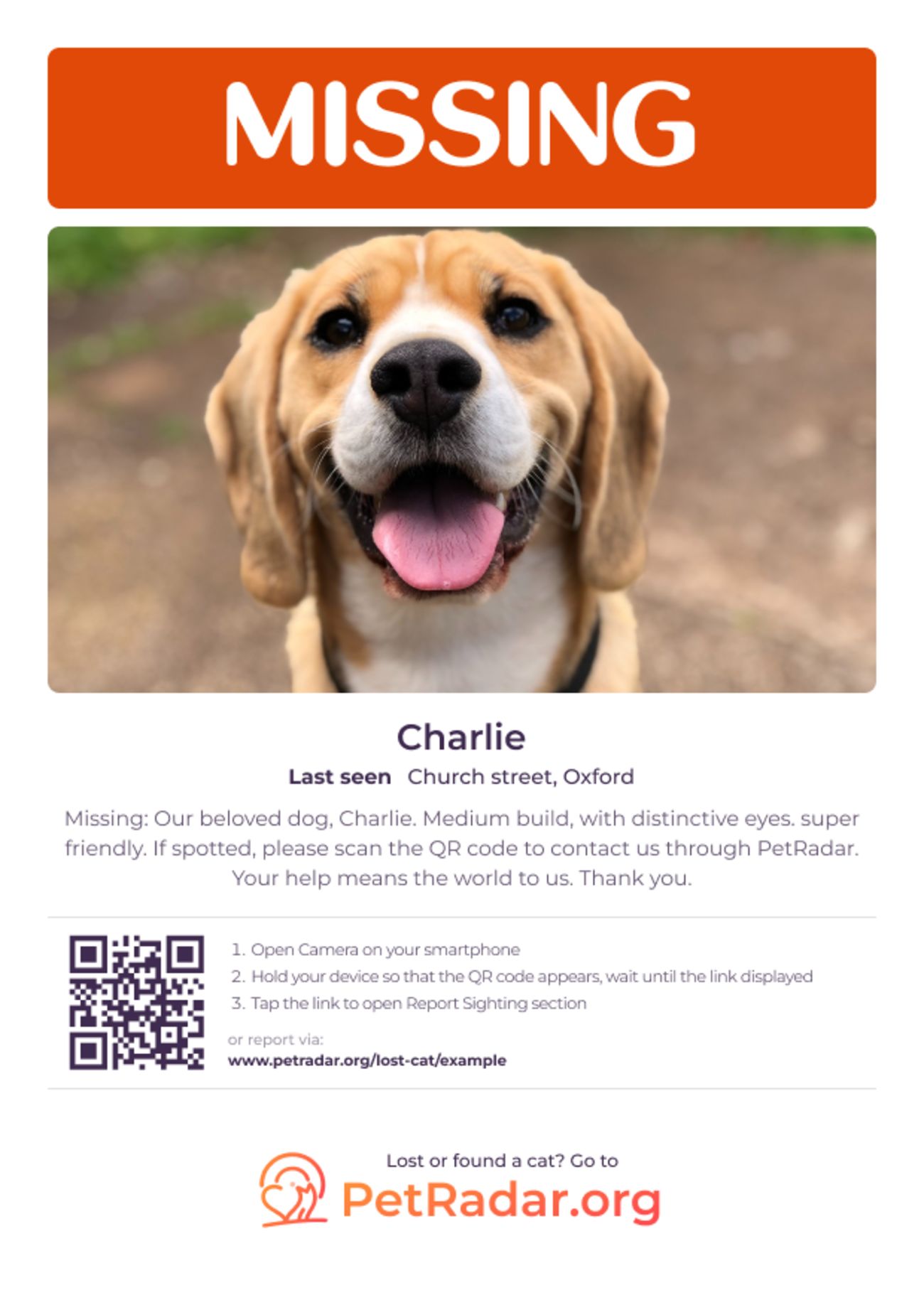
Dos and don'ts of finding a lost pet in the woods
Dos for finding a lost dog in the woods
Leave food along the trail: We know our furry friends are obsessed with food. If anything is going to motivate them to come out of hiding, it's probably a tasty treat! Even if your lost dog isn't hiding, the smell will help them follow the trail back to the car.
Gently call your dog's name: Softly calling your pup's name should help calm your lost dog. Their hearing is incredibly advanced, and they should be able to determine your exact location if they hear your call.
Search the woods: A thorough physical search is always the most effective way to find lost pets. Go through the woods actively looking for your pup. If it seems like too big a task, return to the woods after you've found people willing to help.
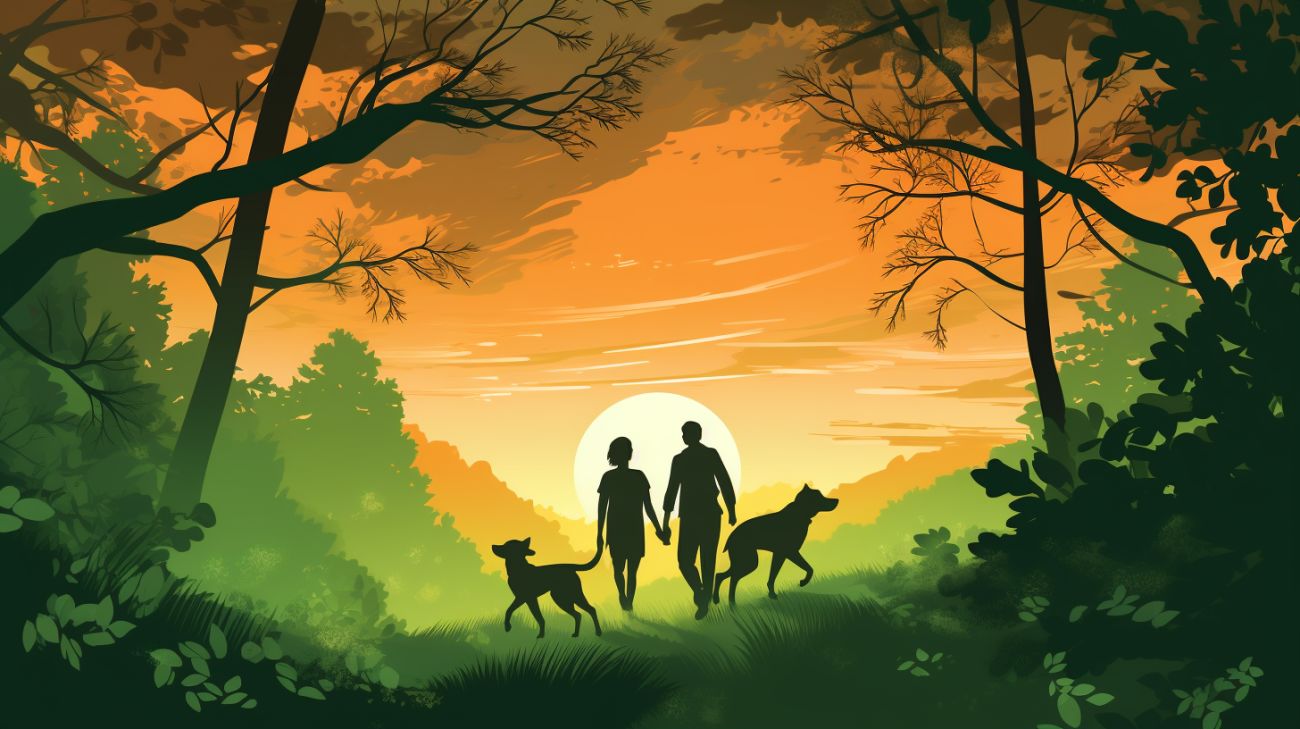
Don'ts for finding a lost dog in the woods
Shout confusing messages: Keeping your calls to just your dog's name is the way to go. If you start calling out other messages, then your dog may become confused and frightened.
Use a frustrating or angry tone: It's possible your furry friend has already gone into survival mode. This means they will be trying to avoid any contact with people, especially people who sound angry or dangerous. Keep your voice neutral and kind. These calming signals will help put your pet at ease.
Assume your dog will find their way out: While dogs are very intelligent and have advanced homing abilities, you can't assume they will find their way back home, especially when navigating a wooded area. Plenty of factors can influence this ability, like age and breed.

Why dogs go missing in the woods
Hunting instinct
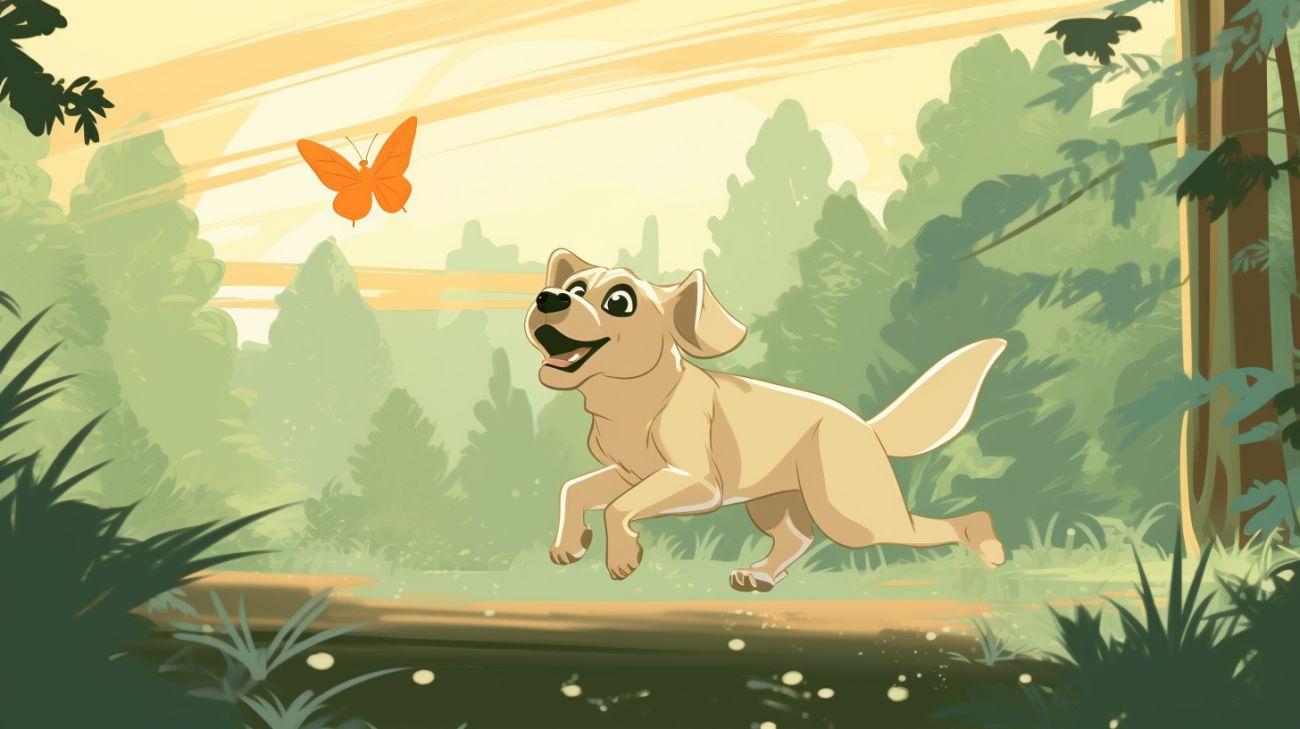
Seeking an adventure
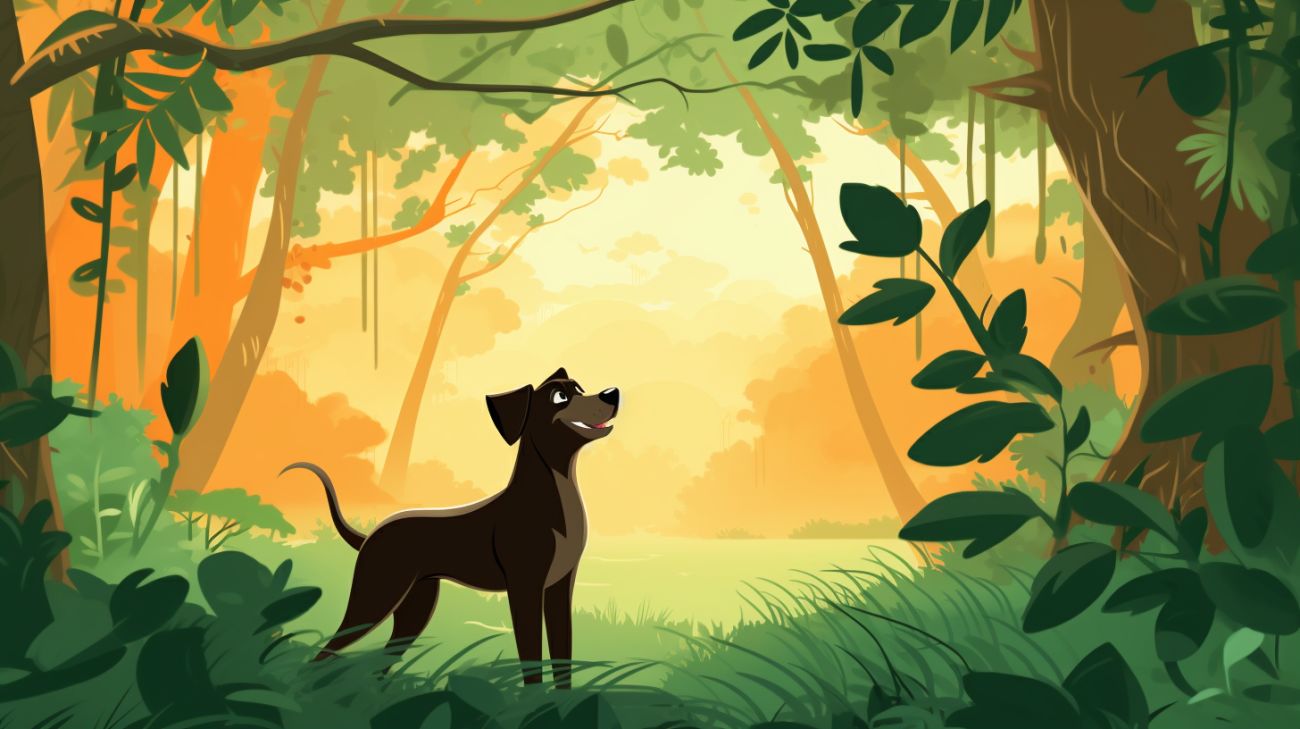
New smells
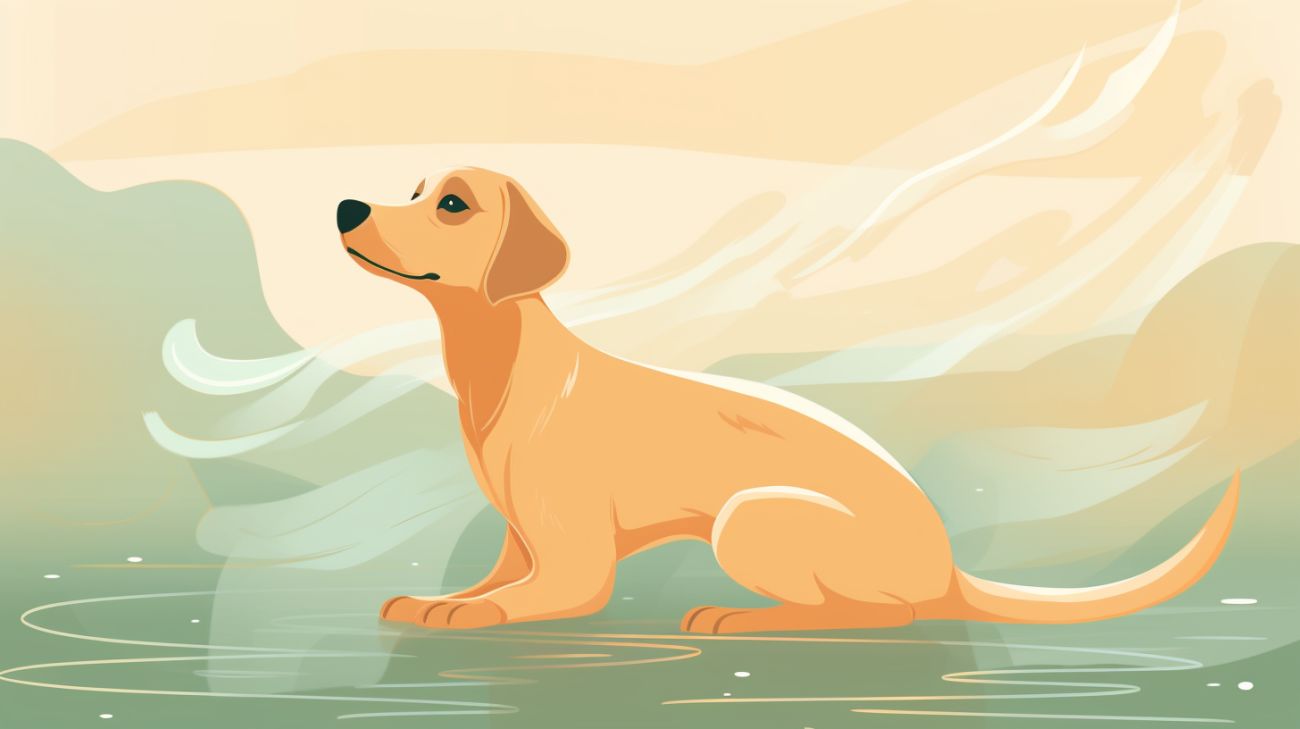
How to prevent your dog from running away
Training: An obvious choice is to train your dog thoroughly. For example, saying 'heel' will tell your dog to remain by your side, so if you suspect your dog is about to bound off, you can use this command. Alternatively, you can train your dog to return to you with a certain sound, like the click of a lead.
Keeping them on the leash: I know it's the last thing we want to do when our dogs are keen to run, but keeping them on the lead can prevent them from getting lost. We'd advise only doing this when you're taking your dog to a new trail. This can be helpful as they get used to the smells and sights in a safe way.
Fitting a tracking device: Small tracking devices that clip on to a collar can be a great stress reliever for owners. The ability to track your pup's movements means they can enjoy the freedom of running around, and you can enjoy the comfort of knowing where they are.
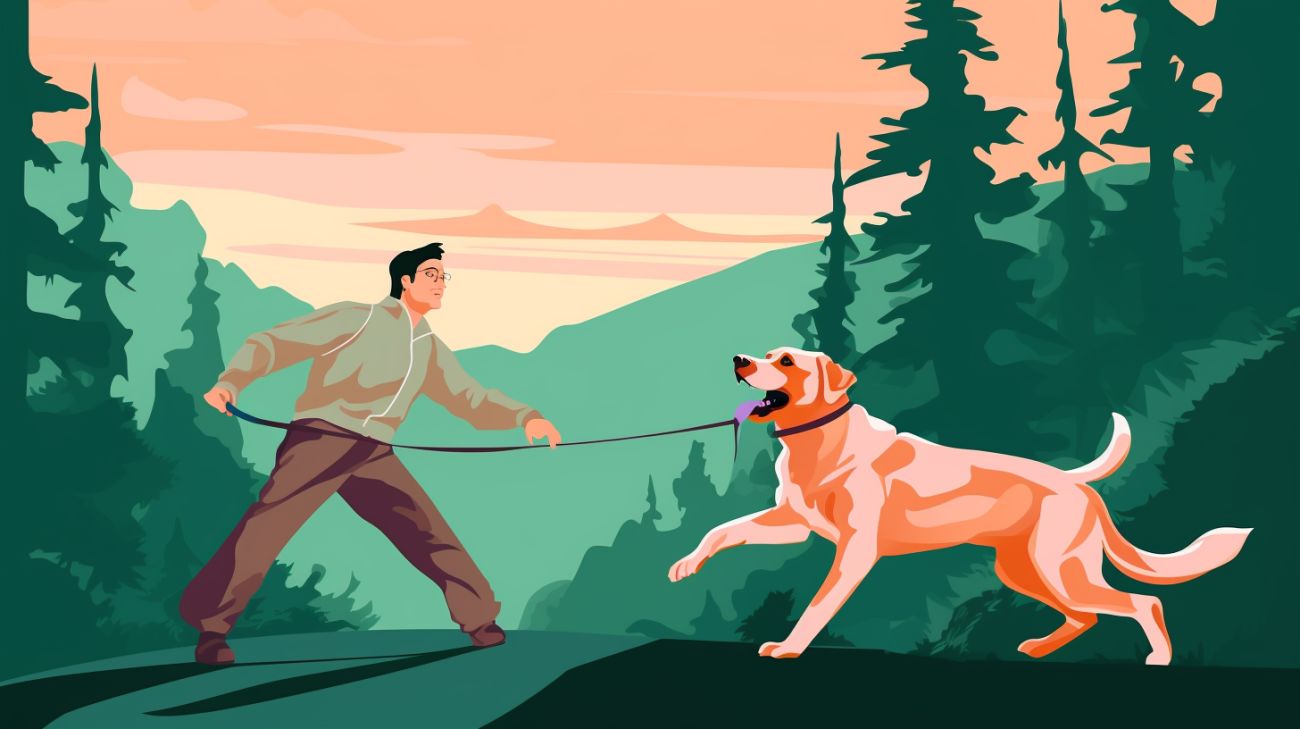
Will a lost dog come home on their own?
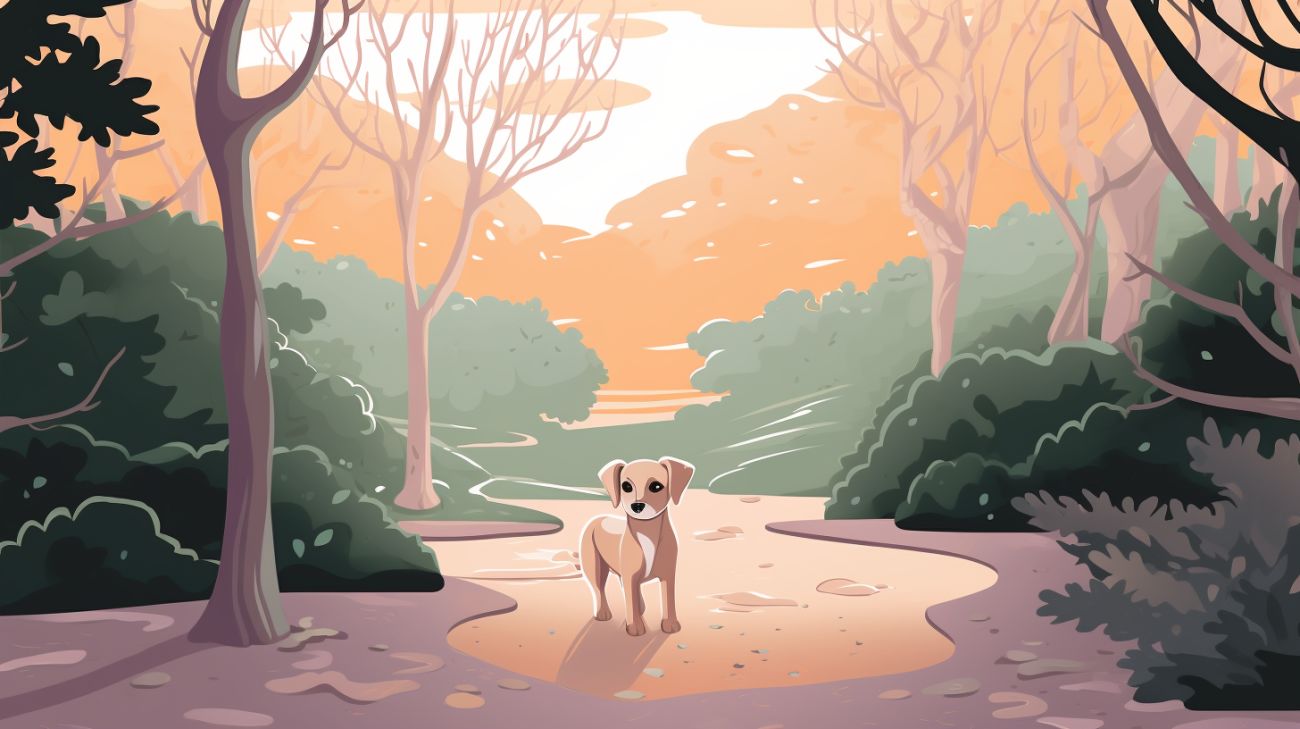
Leave food outside: The smell of your buddy's favorite food may be enough to attract them back home. They're also likely to be pretty hungry if they've missed a meal because of their adventure!
Leave a blanket and toys outside: Anything that will have a strong smell of their territory on it, like clothes, toys, and blankets, should be left outside. Dogs can pick up on these smells from miles away, so it's worth trying!
Open doors and windows: By opening up doors and windows, you'll make the familiar sounds of your household more accessible to your lost pup. This can help them locate themselves and find their way back to you.

FAQs
What happens when dogs get lost in the woods?
When dogs get lost in the woods, they will likely try to find their way back to you using their sense of smell and hearing. If they are timid or scared, their survival mode may kick in, and they will choose to hide.
What are the odds of finding a lost dog?
93% of lost dogs are found, which means the odds of finding your missing dog are in your favor.
How do you lure a scared dog out of hiding?
You must stay calm when luring your scared dog out of hiding. Your body language should be submissive, and you should use a gentle, quiet voice. Sit near them for a while, and don't attempt to grab them or move closer until they relax.
How do you find a lost dog easily?
The most effective way to find a lost dog is to start a thorough physical search. Bring dog treats, toys, and familiar-smelling blankets with you to help attract your dog to you.
How long can a dog survive outside lost?
A dog can survive a long time when lost as long as they can find water and hunt for food. They can only survive 5 days without water, so it's essential they find a drinking source.
Where do most lost dogs go?
Where your lost dog goes depends on their personality. Adventurous dogs will be attracted to busy parks and town centers, whereas more timid dogs will likely stay in back streets and find quiet hiding places.
Do dogs get scared when they get lost?
More timid and shy dogs will feel scared when they are lost, and they may go into survival mode and seek shelter. However, more confident dogs will probably enjoy the adventure for a while!

